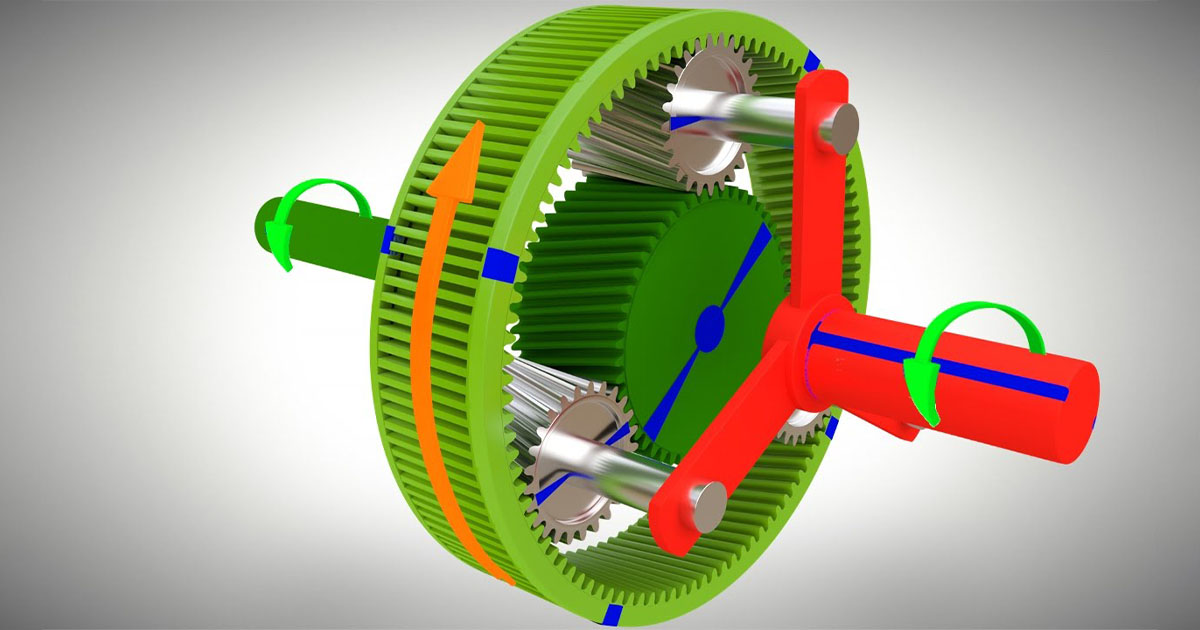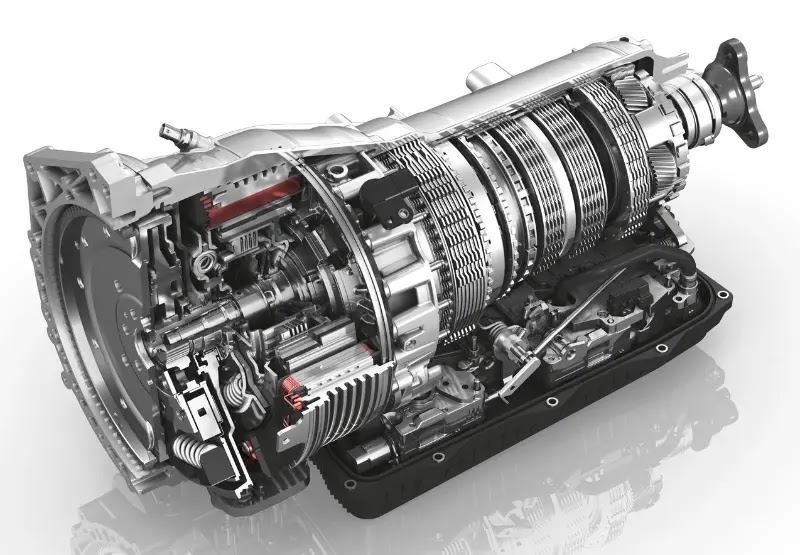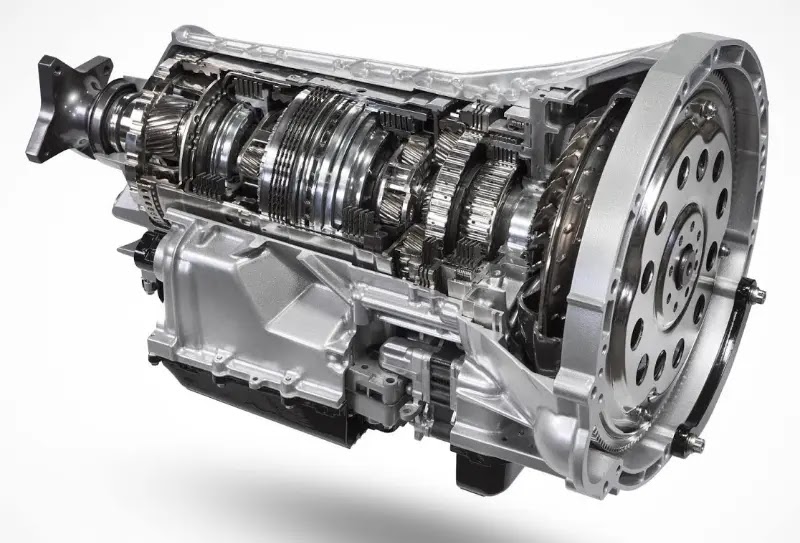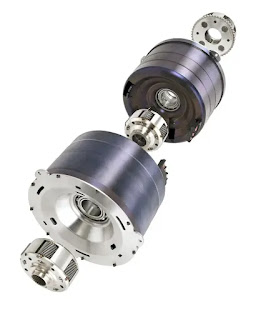
And if you’re an expert home mechanic, there are some aspects of your vehicle that would most likely cause you problems. They are either too difficult to access or too complicated to fit in your garage. Transmissions fell under this group since they are complex components of various internal moving parts that must be precisely positioned to perform correctly.
It’s one thing to stop doing transmission maintenance at home, but gears and the inner workings of modern gearboxes are too fascinating to disregard. Planetary gears fall into this group, and as a technology that has been around for thousands of years, it’s interesting to imagine them turning away in most recent automatic transmissions.

What exactly are planetary gears? What effect do they have on your everyday commute? In this article, we’ve laid the foundations for you to learn the fundamentals of planetary gears and transmissions in general. Let’s get this party started.
You mentioned thousands of years. When Exactly Was Planetary Gear Invented?
Planetary gears, also known as epicyclic gears, were invented by the Greeks about 2,000 years ago to aid in the prediction of planetary motions in the solar system. The most straightforward explanation for how they came up with the gear is that planetary gears are made up of central drive gear (i.e. the sun) and several “planet” gears that orbit around it. Both the center and planet gears are surrounded by the ring gear.
In the automotive world, the first planetary gear transmissions were mounted in the early 1900s on the Wilson-Pilcher car assembled in the United Kingdom. In 1908, the Ford Model T used planetary gears in its two-speed manual transmission. Moving ahead a few decades, in 1937, Oldsmobile introduced the “Automatic Safety Transmission,” which used planetary gears to shift between high and low gear ranges and used a clutch only for standing starts.
What Is the Role of Planetary Gears?
Planetary gearboxes are used for internal combustion engines, electric motors, or hydraulic motors because of their reliability, performance, and capacity to withstand high torque loads. As previously said, the central “sun” gear is normally the input gear. Two or three planet gears revolve around it inside an outside ring gear and are attached to the output shaft by a carrier.
When the sun gear rotates, and the planetary gears are left in place, this is an example of how this will operate. The planet gears spin in positions around the inside of the ring as the sun gear rotates. This motion causes the output shaft to spin in the opposite direction.
Where Do You Find Planetary Gears?
Planetary gears are usually found in applications where space is small, and they are smaller than other types of gearboxes. They are also the foundation of the hydraulic planetary automatic transmission, which is the most common form of automatic transmission. Planetary gears are used in the majority of modern automatic transmissions in the automobile industry.
Planetary gears are also used in augers and wind turbines, as well as in-vehicle drive mechanisms for helicopters and aircraft engines. Planetary gear sets are also common in industrial machinery, where they are used in guided robots, laser cutting machines, and even hospital operating tables. There’s also a good possibility the sandwich meat in your fridge was sliced on a slicer with planetary gears.
Planetary gears are used in passenger cars with automatic transmissions, meaning your grandmother’s Buick, like your neighbor’s noisy 1995 Ford Mustang V6, has them.

Planetary Gears in Continuously Variable Transmissions?
Whereas standard automatic and manual transmissions have set gear ratios, a continuously variable transmission (CVT) uses two cone-shaped pulleys bound by a belt. CVTs are used to boost fuel efficiency, and they are designed to maintain the engine in its most effective and optimal power transmission range.
There are, however, CVT models that use planetary gears. These transmissions, such as epicyclic CVTs or planetary CVTs, use planet gears to transmit torque. Out in the late 1990s, Toyota used one in the Prius.

What Is the Relationship Between Planetary Gear and Portal Axles?
Portal axles are used to increase ground clearance to allow for gearing that decreases differential pressure. Portal axles are used in vehicles such as the Mercedes-AMG G63 6×6 truck and the Mercedes-Benz Unimog. An epicyclic (planetary) hub gearbox is used in these applications, allowing the half shafts to spin faster than the wheels.
This decreases the amount of torque used to produce the same amount of power. In vehicles such as the Unimog and G63, the big wheels and tires still have the majority of the necessary ground clearance, so the portal axles have a somewhat different purpose.
Planetary Gears Frequently Asked Questions
Q: How can I tell if my vehicle has planetary gears?
A: Planetary gears are very likely to be used in a new car with an automatic transmission. If you’re determined to find out, consult your vehicle’s repair manual, call the dealer’s service department, or use the all-knowing search bar, we’ve all come to rely on.
Q: Do planetary gears cost more than other types?
A: Yeah, in general. They are more expensive than other forms of transmission because they are more complicated and have more components.
Q: Do planetary gears need to be lubricated?
A: Of course. Planetary gears, like any other gear or mechanical part of your car, require lubrication to run smoothly and to avoid damage or wear. Transmissions, like all other aspects of the car, include routine maintenance and updating, which can involve small tasks like fluid changes. The gears inside the transmission will wear out over time, resulting in sliding or strange sounds, so it’s critical to keep up with lubrication and routine servicing and get on top of problems as soon as possible.
Do you need assistance visualizing it? This is a clip of a planetary gear in action.
No comments:
Post a Comment